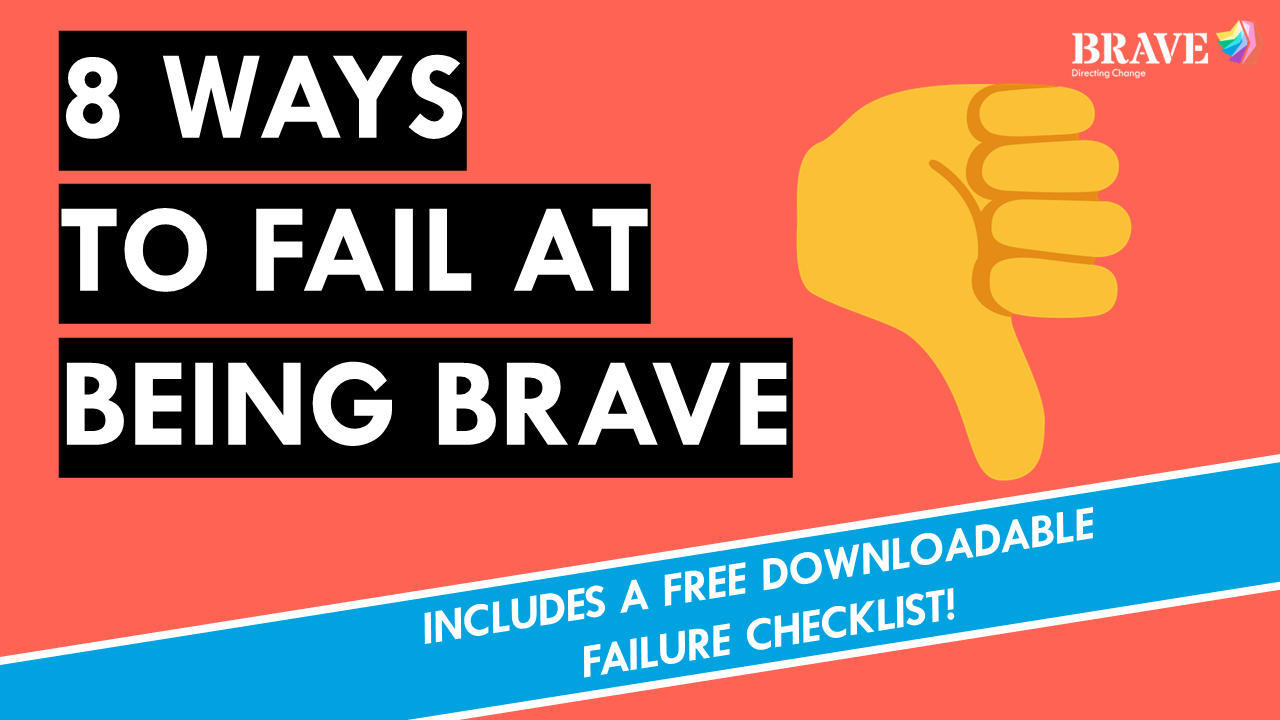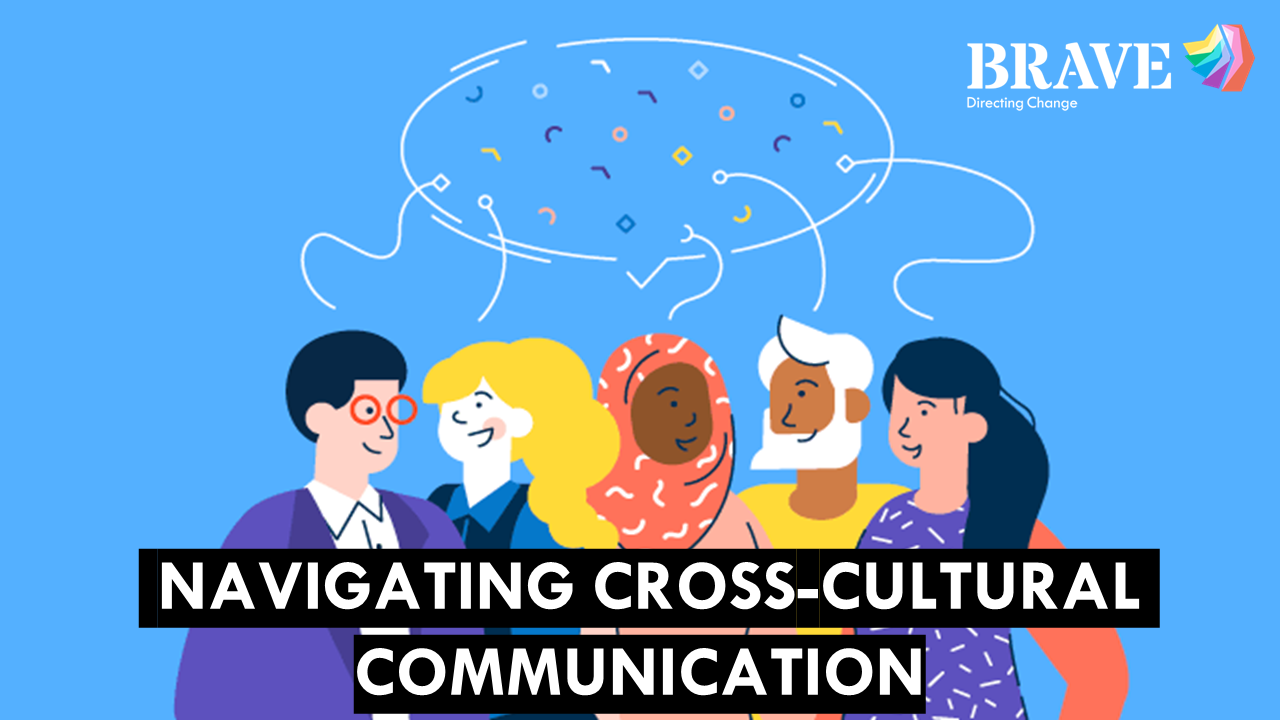Guest Blog by Juliana Nogueira Mathew.
Where are you from? How do you greet each person when you arrive at social or work gatherings? Air Kiss on the cheek? Bow? Shake hands? What language do you speak?
Question for later…What does the thumbs-up gesture mean in your country?
With technology facilitating instant connections all over the world and workplaces increasing diversity, interactions of people from different backgrounds have enabled the exchange of culturally different customs, norms, perspectives and communication styles.
However, the lack of good communication can result in misunderstandings and even conflicts. So, to enhance effectiveness in communication between cultures, improve mutual understanding and create a safe space for people to explore their differences, I brought three “whats” we can ask ourselves which can help us navigate through this intercultural journey:
1. What is my communication style?
Who has never been in a situation where we felt left out for not quite understanding what was being said? Or got upset with a colleague for the way they said something or acted towards you? Or when we accidentally sent “the wrong message”, leaving the other person feeling extremely uncomfortable?
Communication involves much more than the language we speak and how well we speak it. People’s language fluency has less importance in communication than we think.
It’s always good to remember that life is not like a school test where you will be marked for every mistake you make (thankfully) – I tell myself this every time I use the wrong preposition in English (I still have trouble with that).
The objective of communication is to create meaning across different contexts through messages which we encode (when we send them) and decode (when we receive and interpret them). So, in cross-cultural communication, the coded information present in one culture might include a variety of specific meanings which might confuse or even upset another.
Non-verbal elements such as body language and differences in communication styles play an essential role in dictating how messages are delivered and help the receiver understand the message sent. However, it can differ a lot depending on the individual our group’s cultural background.
Some examples of variations in communications styles between cultures, include:
- Directness
- Eye contact
- Tone, volume and speed of speech
- Emotional expressiveness
- Self-disclosure
- Formality
According to Think Cultural Health, “loud and expressive speech is often more common in African American, Caribbean, Latino, an Arab cultures” – as a Latina myself, I frequently see loud and expressive speech often happening over here – and “direct eye contact is considered rude in some Asian cultures”. Did you know that in some cultures smiling is seen as a diplomatic mechanism to facilitate relationships, while in others, it can be considered inappropriate (like when greeting a stranger). So interesting, hey?
Of course, there are always exceptions to any norms and when it comes to culture, it is no different. However, understanding how cultural patterns can influence how we express ourselves, even if unconsciously, it can help us understand more about our own unique communication styles and others people’s, improving our personal and professional cross-cultural relationships.
2. What are my perspectives?
We all have our own unique and different perceptions of the world, which are shaped not only by our cultural background, but by a combination of elements such as the way our brain processes information, our values, our emotions, our expectations and experiences throughout life.
We all want to be in healthy and positive environments where we feel respected, listened to, and confident expressing ourselves, no matter where we are from. However, this sense of discomfort can sometimes derive from our own fear of not belonging or fitting in, and not from others. It’s all about our perspective on things.
In 2017, when I moved out of my birth country, Brazil, for the first time to Australia, I was having mixed feelings, from being extremely excited with this new challenge to silently panicking with the idea of facing the unknown. Over the years, I studied and worked in international organisations and met people from different parts of the world. I was also asked a few times about soccer – I think people expect me to love soccer just because I am from Brazil, which is not necessarily always the case – lucky for them I actually do.
At the beginning I remember often feeling very self-conscious about my communication style and my ability to understand others (especially when they would use their unique Australian slangs). I would constantly be thinking if I was speaking English well enough, if the way I was saying things could give people the wrong impressions (like when I can be quite “expressive” when I talk and when I tend to go for big hugs even if I just met someone), or if people would be judging me because of my accent. What made me change perspectives was when I started listening more to people when they would come to me and tell me that I communicated very well (even though in my mind I didn’t). I needed to “get out of my own head”.
The biggest challenges people might face when communicating with people from different cultures is expressing themselves using their own communication style while having social awareness and paying attention to the impact that the way we communicate might have on others.
Do not let the fear of the unknown or people’s judgment interfere in how you show your unique self.
3. What can I do to get better?
Over time, I started building skills that would help me better understand about myself and what is (actually) essential in any good communication.
Self-awareness, adaptability, empathy, curiosity and active listening are a few of the (very important) skills involved not only in intercultural communication, but in life.
Building these skills might not be easy at the start, but it is all about practice. Remembering that once they become part of how we interact with others, it can bring plenty of benefits to us individually or to the groups we are part of. Problem-solving, creativity, innovation, decision-making and conflict resolution are just a few of them.
Here are a few tips on how get better at communicating cross-culturally:
- REFLECT about your own biases,
- ADAPT your communicate style when needed (be humble),
- BE CLEAR of your objective and intention,
- FOCUS on the other person (not on yourself),
- LISTEN to the other person carefully,
- BE OPEN to different perspectives,
- SHOW empathy (try to put yourself in the other person’s shoes)
- ASK QUESTIONS,
- BE PATIENT,
- BE KIND.
Ah, and the most important thing: don’t be afraid to be yourself. In the end, it doesn’t matter where we are from, what we experienced in life or how we see the world. We are all humans with unique backgrounds and stories that have the ability and opportunity to learn from others but also to enrich people’s lives with our own unique perspectives.
Communication and Leadership
Intercultural communication can be hard and promoting mutual understanding requires constant work. Reflecting about our own perspectives, communication styles and what makes us unique, understanding more about other cultures as well as the reason behind other people’s behaviours and working on building key skills, will help us become better communicators and better leaders.
By putting effort into communicating more effectively with people from different cultural backgrounds, we will be not only contributing to our own personal and professional growth but will also be facilitating safe spaces where effective intercultural communication is navigated with sensitivity, clarity and respect.
So, let’s get out of our comfort zones and acknowledge (and kick out) our biases to explore the world of possibilities that cross-cultural communication can provide – and the best thing: we can do this in the comfort of our homes.
Fun Fact! If you were curious about the thumbs-up gesture meanings, for most countries, it can be a sign of approval, but in others, (such as some parts of the Middle East), it has a very bad meaning, similar to showing your middle finger. Who knew…
Juliana Nogueira Mathew


